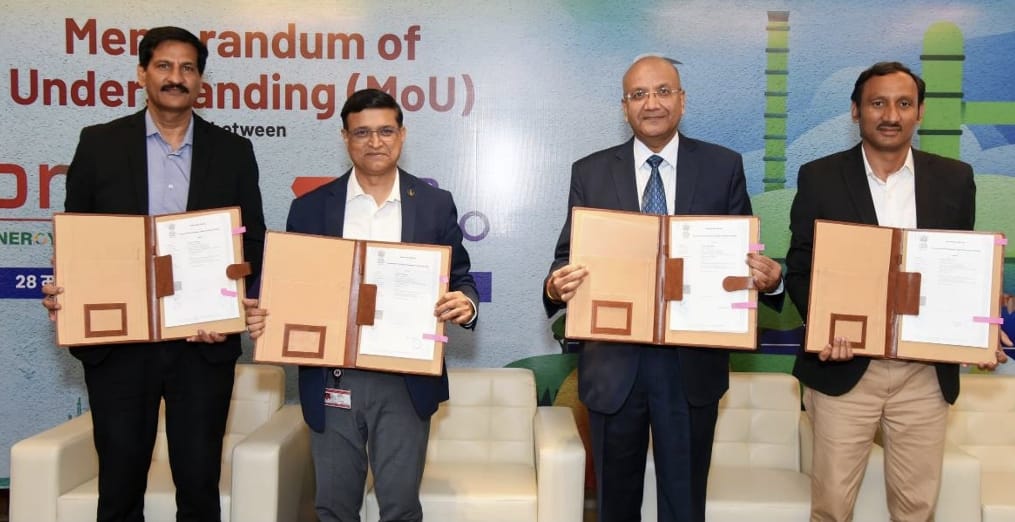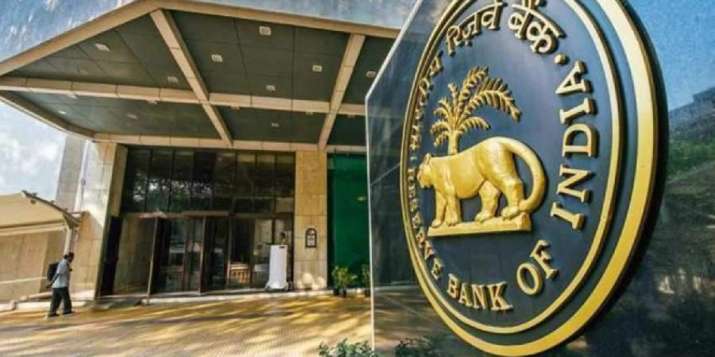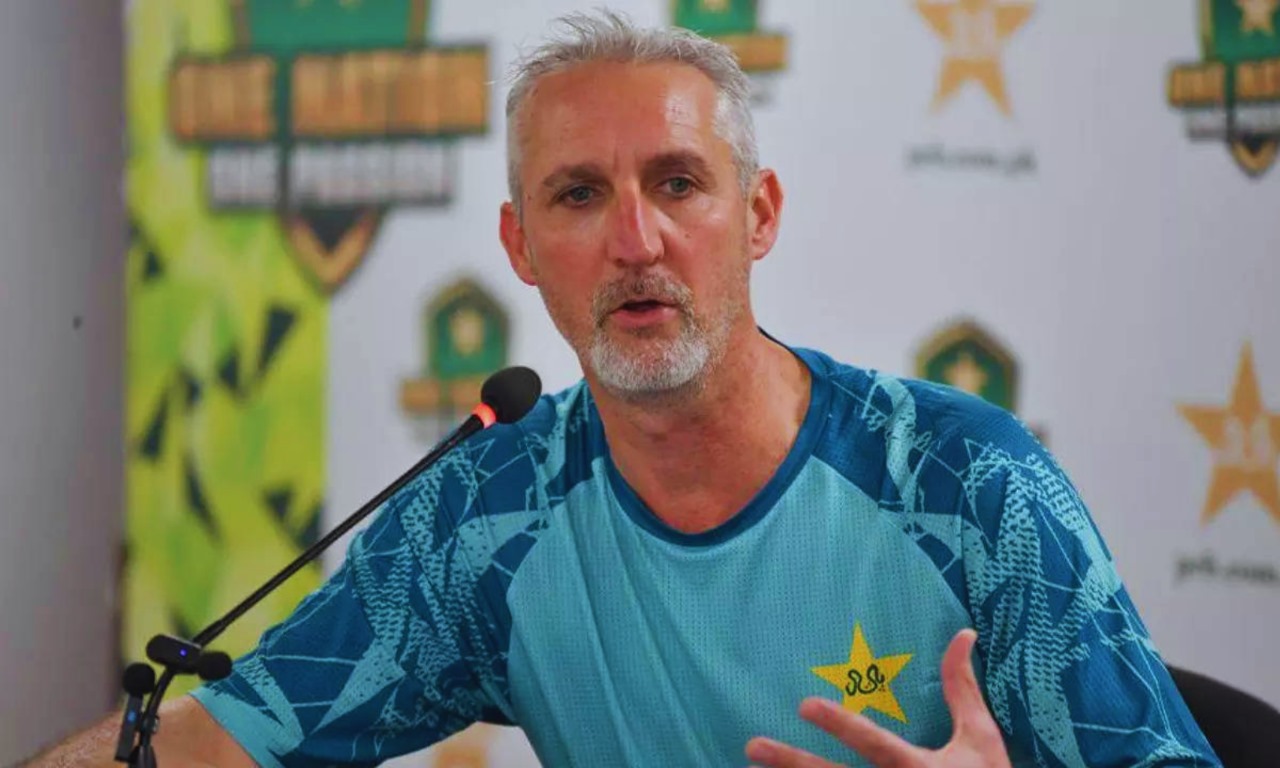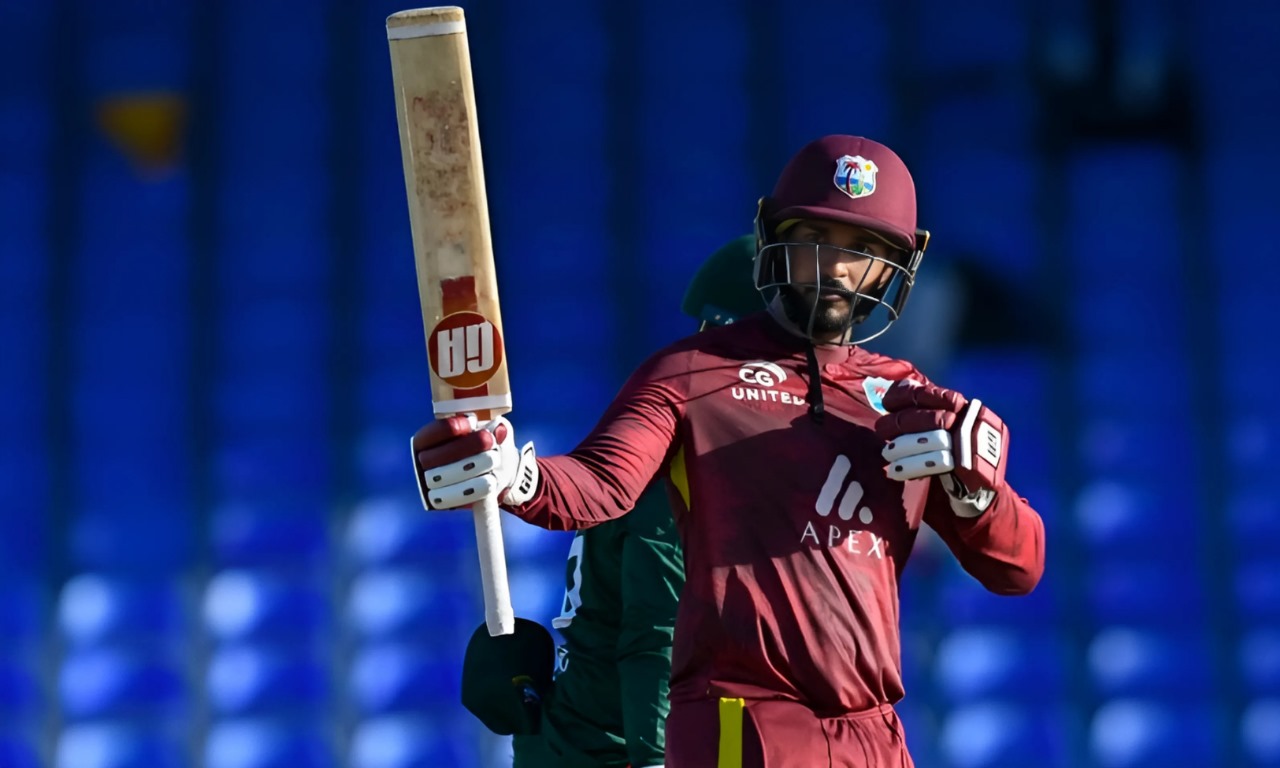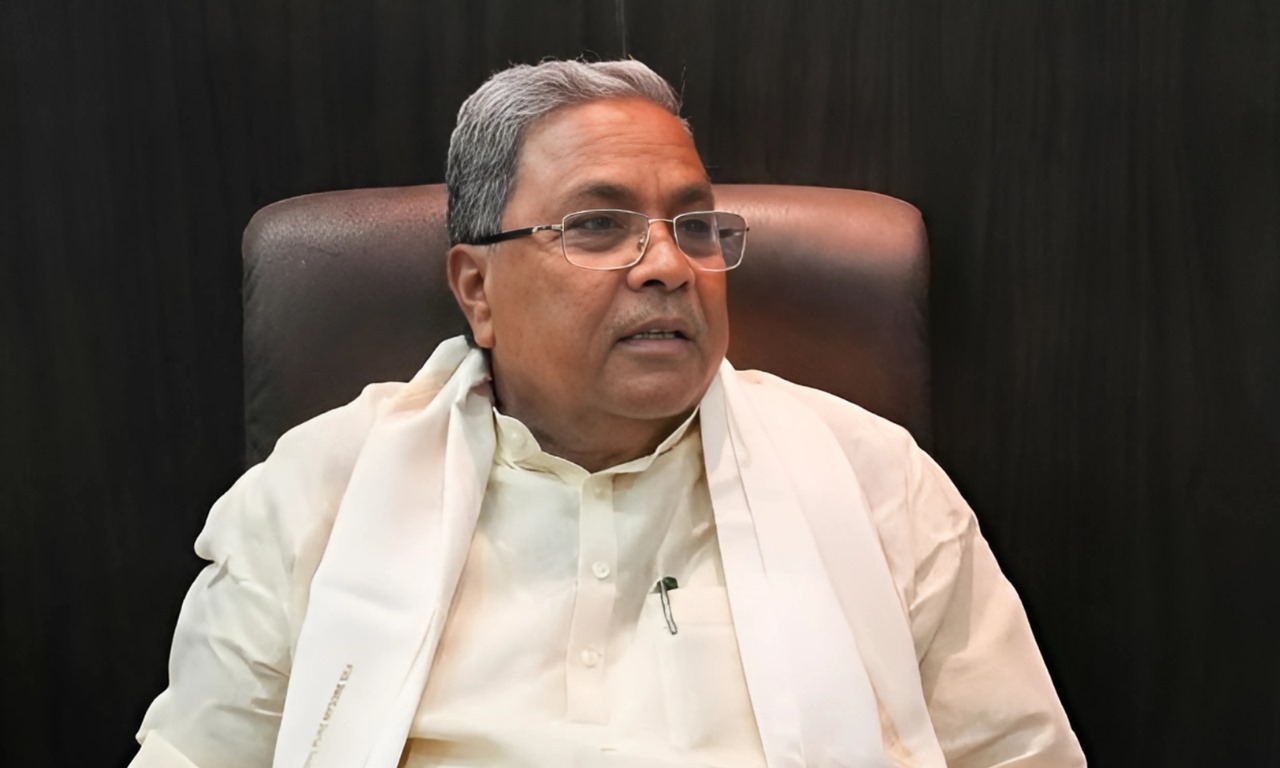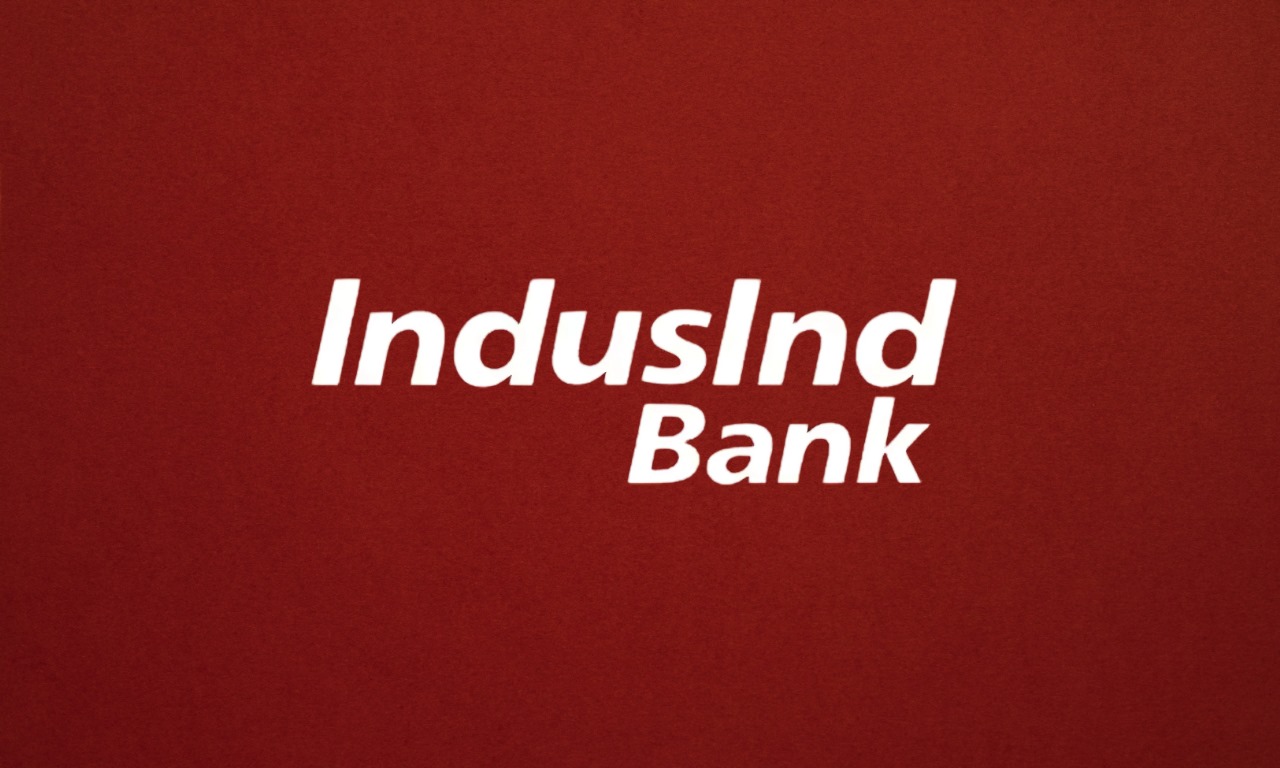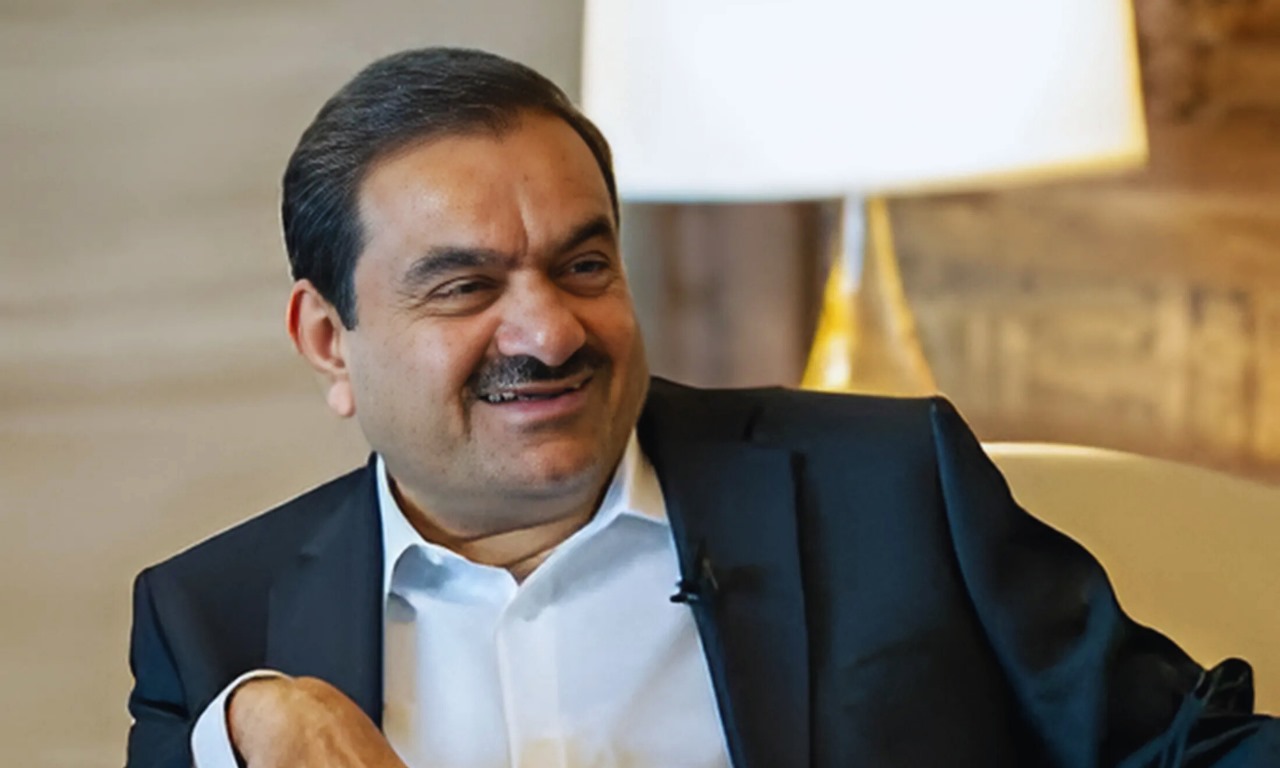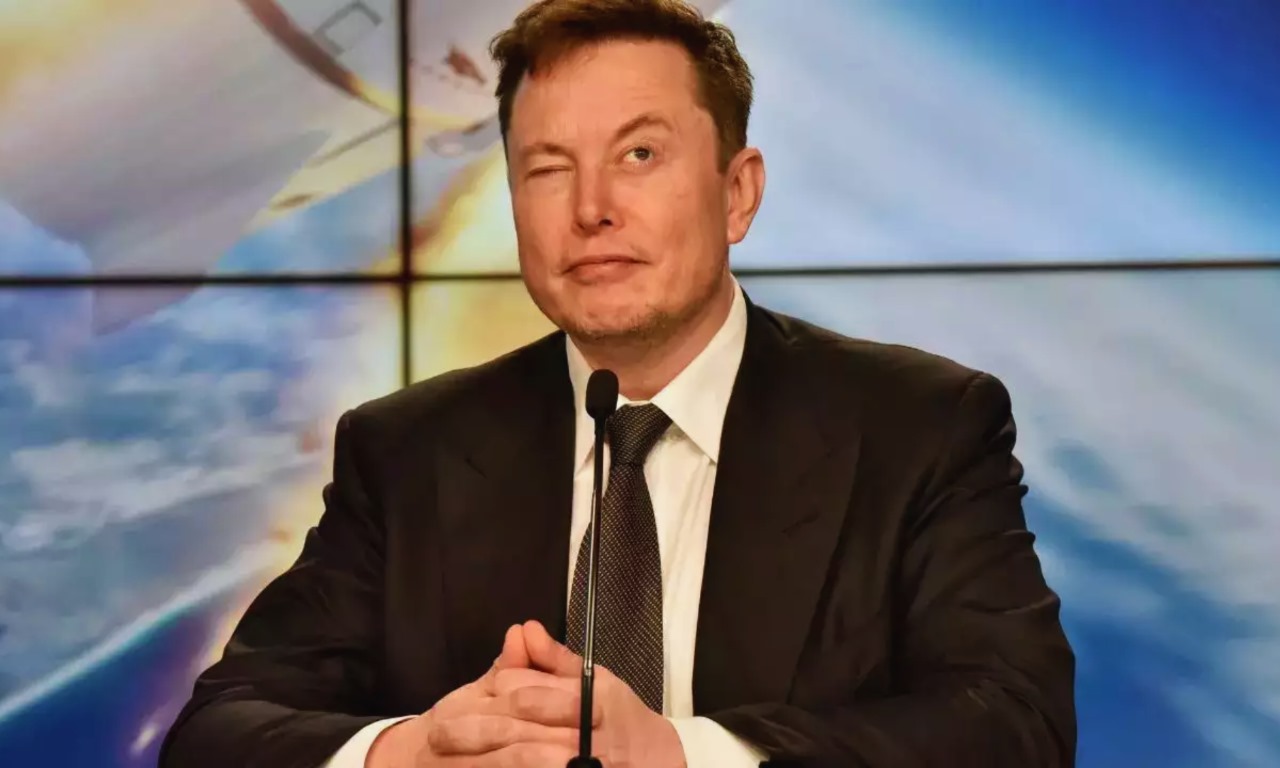India’s Economic Growth Hits Two-Year Low, Challenging Modi’s Ambitious Targets
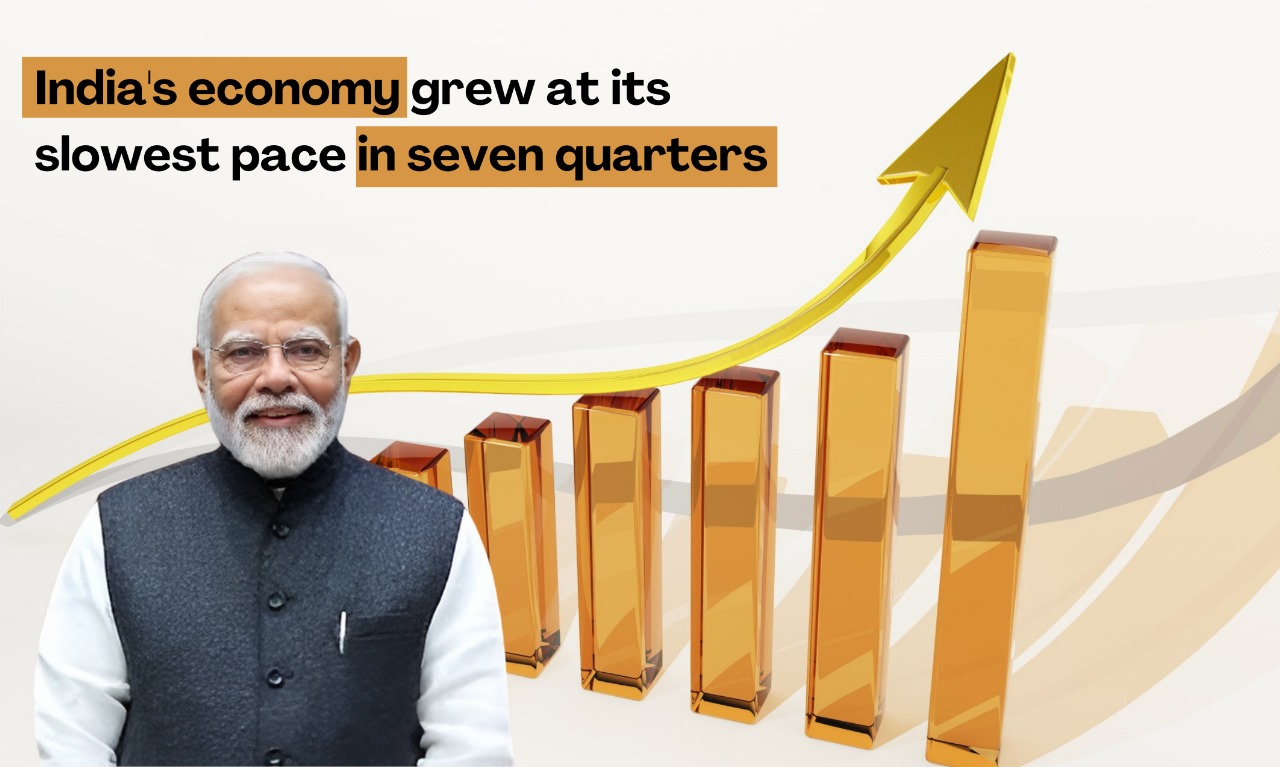
India’s economy expanded at its slowest pace in nearly two years during the July-September quarter, posing a significant challenge to Prime Minister Narendra Modi’s ambitious economic targets.
Despite the government’s optimistic growth narrative, recent data suggests a declining trajectory for the nation’s once-robust economic momentum.
The second-quarter figures reveal a sharp slowdown, driven by falling wages, declining corporate profits, and persistently high inflation.
While the Reserve Bank of India (RBI) has maintained unchanged interest rates for almost two years, Governor Shaktikanta Das has cautioned that lowering rates amid inflationary pressures could be risky.
Q2 GDP Growth Underwhelms Expectations
India’s 5.4% GDP growth for the quarter fell well below the central bank’s forecast of 7%. The performance, the worst since late 2022, surprised economists and contradicted more optimistic projections.
A Bloomberg survey of 44 economists failed to anticipate such a marked decline, and Reuters polls projected a modest deceleration to 6.5%. Chief Economic Adviser V. Anantha Nageswaran attributed the slowdown primarily to manufacturing weakness, excess capacity, and a surge in low-cost steel imports from China, Japan, and South Korea.
Urban middle-class consumption, a significant growth driver, has slowed noticeably.
Major companies like Maruti Suzuki and Hindustan Unilever reported weaker earnings due to subdued urban demand. Corporate revenue growth reached its lowest point in 16 quarters, reflecting the strain on consumer spending.
Sectoral Performance: Manufacturing and Consumption Falter
The manufacturing sector saw its growth plummet to 2.2% from 7% year-on-year, while mining contracted slightly. Though services remained resilient with over 7% growth, their pace moderated.
Private consumption expenditure, a critical demand indicator, slowed to 6% from 7.4% in the previous quarter. High borrowing costs and inflation constrained household spending, particularly in urban areas.
Government capital expenditure also declined, further dampening investment momentum.
On the positive side, agriculture recorded growth, buoyed by favorable monsoons and healthy kharif crop sowing. However, domestic demand and export declines weighed heavily on manufacturing output.
Inflation Squeezes Businesses and Consumers
Persistently high inflation, hovering around 6%, has eroded household budgets, particularly for food items, disproportionately affecting low-income groups.
Urban consumer sentiment worsened, as reflected in the RBI’s October survey. Businesses, feeling the squeeze of elevated costs, have urged for interest rate cuts to spur investment.
Aditi Nayar, Chief Economist at ICRA, noted, “With the GDP growth print sharply undershooting expectations, a February 2025 rate cut may be on the table if inflation moderates.”
Modi’s Economic Aspirations Face Headwinds
The slowdown presents a significant hurdle to Modi’s vision of making India the third-largest economy by 2030. Job creation remains an unfulfilled promise, complicating efforts to improve living standards amid declining urban purchasing power.
Recovery Hopes for FY25
Despite challenges, economists foresee a modest recovery in the latter half of FY25, supported by agricultural output, government spending, and seasonal consumption during the festive period.
HDFC Bank revised its full-year GDP growth forecast to 6.5% from 6.8%, projecting third- and fourth-quarter growth between 6.5% and 7%.
The Bank of Baroda anticipates growth of 6.6-6.8% for FY25, underpinned by increased public and private capital expenditure, robust agricultural performance, and rising consumption. Indicators such as purchasing managers’ indices (PMI) and auto sales signal early signs of stabilization.
Risks and Uncertainties Persist
India faces significant challenges, including weak global demand, competition from cheap imports, and fragile private investment. Rising interest rates have discouraged investments, emphasizing the need for increased government spending.
Analysts expect the RBI to hold rates steady in the short term but may consider easing by early 2025 if inflation subsides.
Crisil has lowered its GDP growth projection for FY25 to 6.8%, citing high borrowing costs and muted fiscal stimuli as constraints. However, improved agricultural output and festive-season spending could boost rural demand, a vital component of recovery.
CareEdge echoed similar optimism for the second half of FY25 but highlighted that urban consumption recovery hinges on better employment and wage growth.

